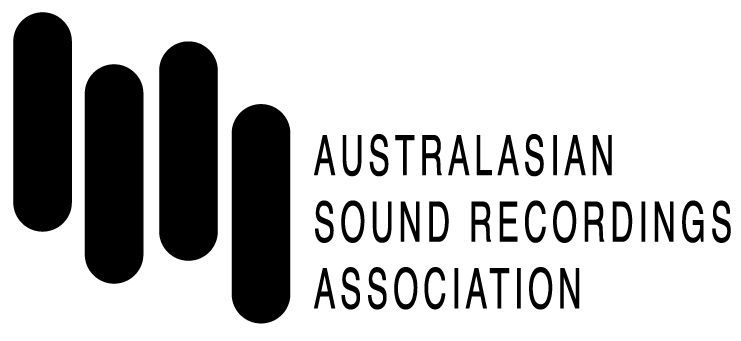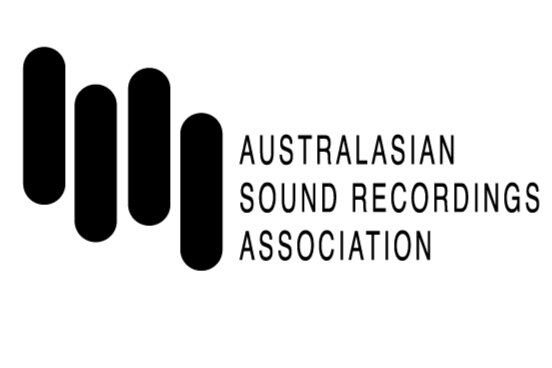Dr Murray John Littlejohn
26.3.1932 – 12.10.2024
Dr Murray Littlejohn, a friend of ASRAs and a pioneering figure in the field of bio-acoustics and frog research, passed away on October 12, 2024. He was renowned for his groundbreaking work in recording and analyzing frog calls, which began in the 1950s. His contributions significantly advanced the understanding of acoustic communication in frogs and influenced many researchers and students.
Dr. Littlejohn’s legacy includes the discovery and classification of new frog species, and he was honored with two species named after him: Littlejohn’s Toadlet and Littlejohn’s Tree Frog. His work continues to inspire herpetologists and evolutionary biologists around the world.
In 2010 he was awarded the ASRA Award for Excellence - for outstanding achievement in the recording, description, preservation & dissemination of frog calls. Here’s what Matthew Davies wrote in that years ASA Journal:
Dr Murray Littlejohn is a member of the Herpetologists League, the Australian Institute of Biology, the Australian Society of Herpetologists, the Ecological Society of Australia, the Royal Society of Victoria, the Society for the Study of Evolution, the American Society of Ichthyologists and Herpetologists, and of course of ASRA, the Australasian Sound Recordings Association. Murray has been recognised with honorary memberships and high offices in many of these organisations.
When I first met Dr Murray Littlejohn I knew he was a man on a mission. I didn’t know at that time just how big a mission it was, let alone realise just how much of his life Murray had dedicated to it.
Murray was worried about the survival of his collection of recordings, and well he should have been because this was the year 2000 and the writing was already on the wall for analogue collections. We were at an ASRA conference, in Melbourne at the State Library of Victoria, and Murray was working on a future for his collection.
Looking back it's hard to realise that 10 years ago the idea of digitising a tape collection and making it available using the Internet was still pretty new. What would someone whose career had encompassed clockwork driven tape recorders make of this.
I think Murray Littlejohn already knew what had to be done, and had come to that conference as part of a very carefully planned approach to ensuring that his recordings would not only survive, but that they would become more useful and more important than he could have imagined when he began making recordings in the 1950s. With thousands of his recordings digitised and accessible on the Museums Victoria website, and a catalogue of published CDs, Murray Littlejohn’s recordings play a vital role in the ongoing effort to understand our unique and beautiful amphibian population so that we can better protect and preserve them.
This work illustrates that the true value of sound archives comes when we complete the circle of collecting, preserving and providing access. It demonstrates that the dedication and passion of one person can make a difference. We are very pleased to honour the work of Dr Murray Littlejohn with this 2010 ASRA award for excellence.
Dr Littlejohn was also a contributor to ASA Journal 36.
Littlejohn, M. (2011). Acoustic communication in frogs: A personal and historical approach to the analysis of the structure of their calls. Australasian Sound Archive, (36), 16–39. https://search.informit.org/doi/10.3316/informit.351741877658483


